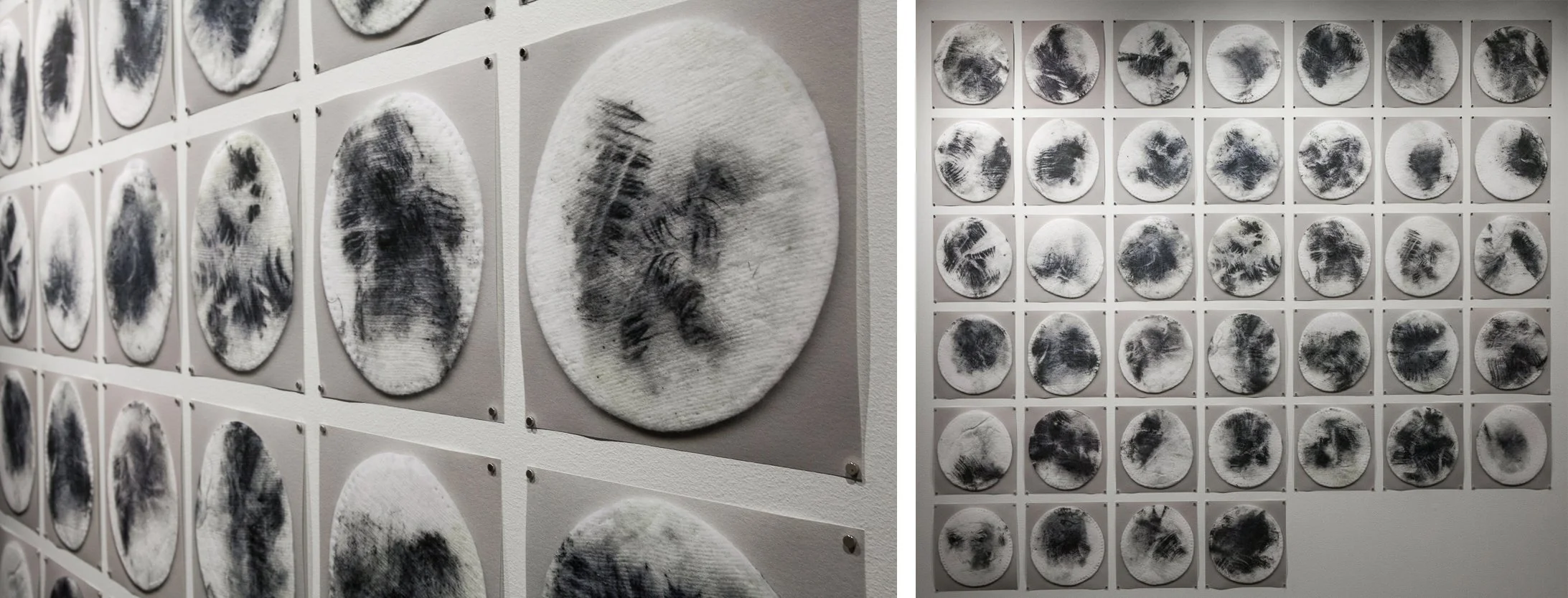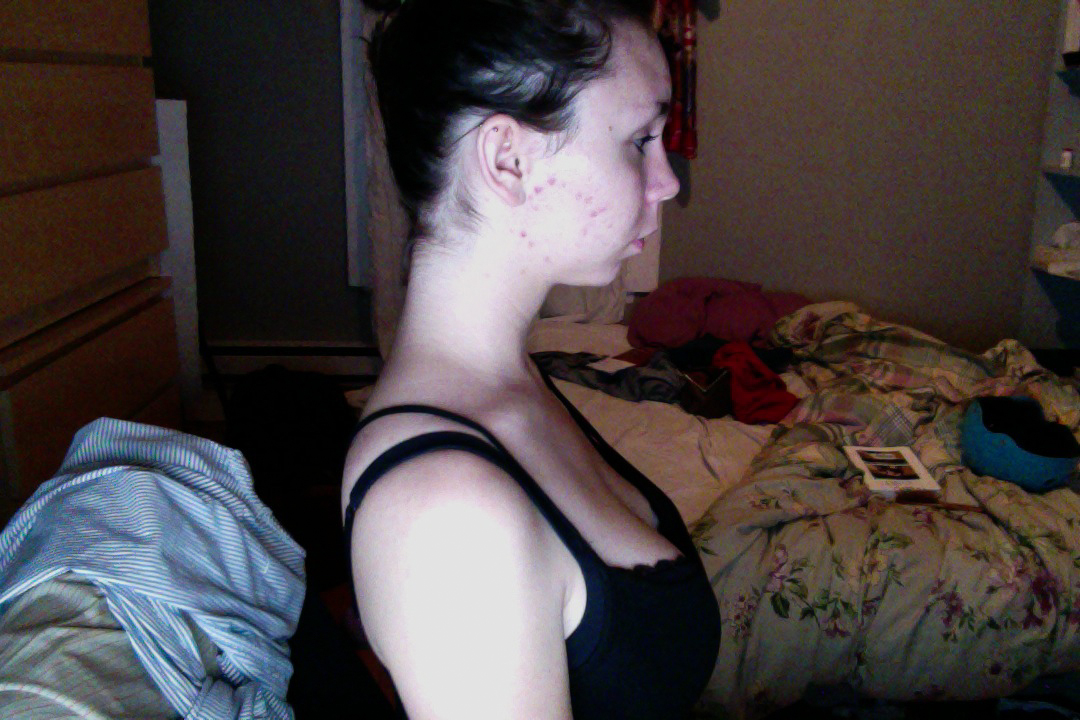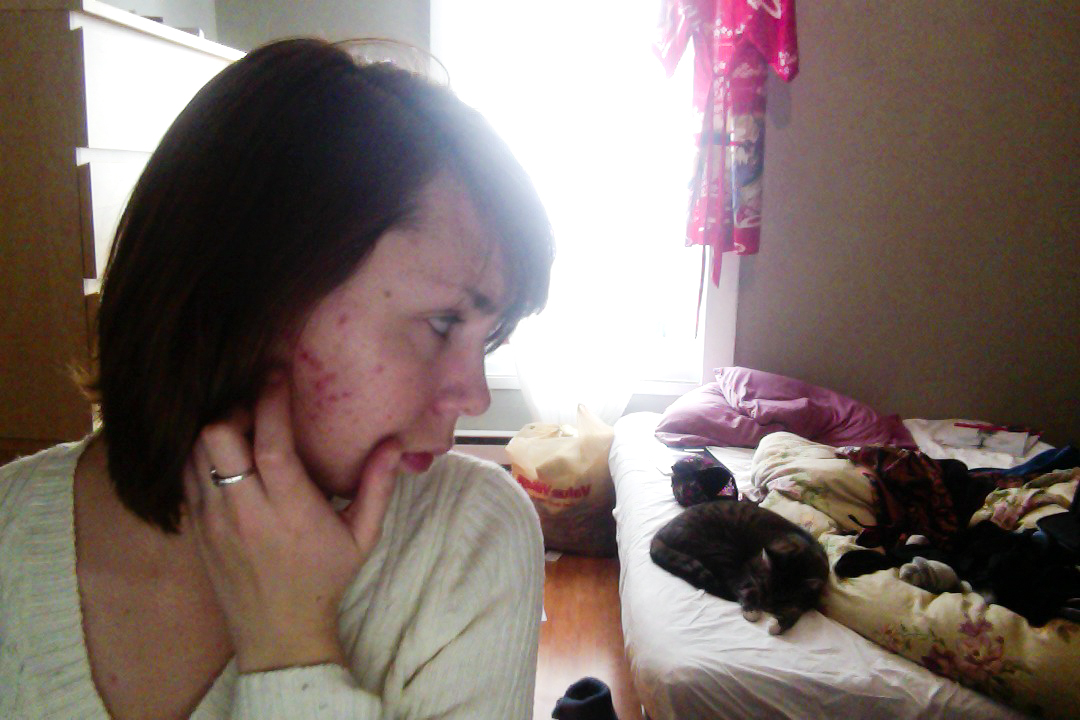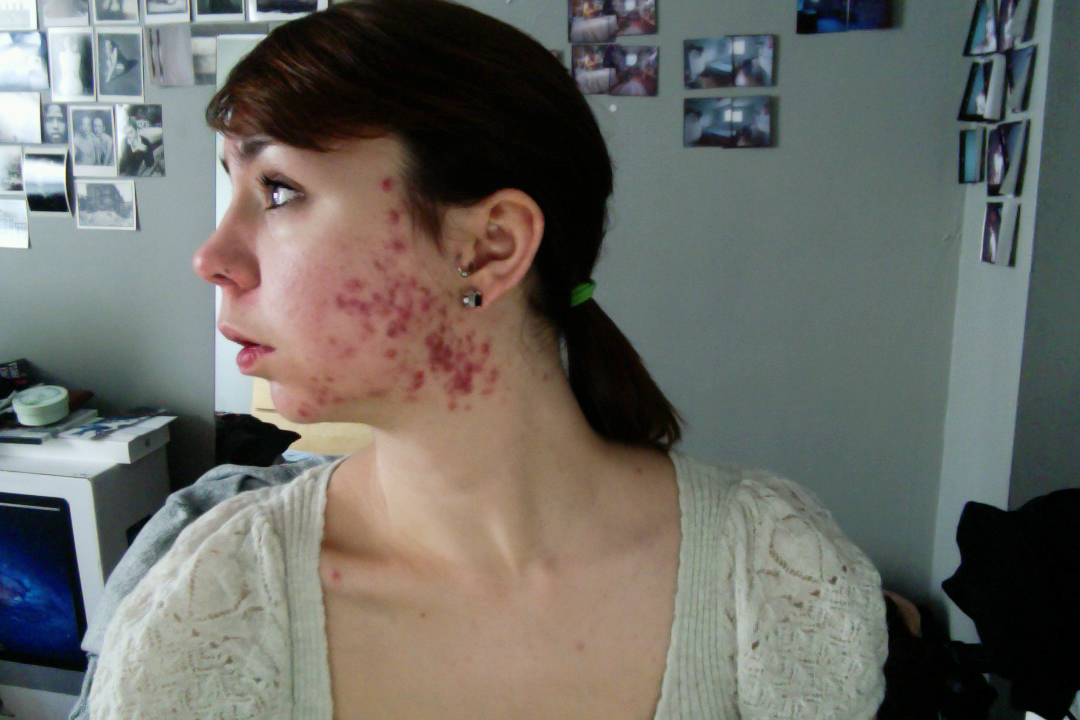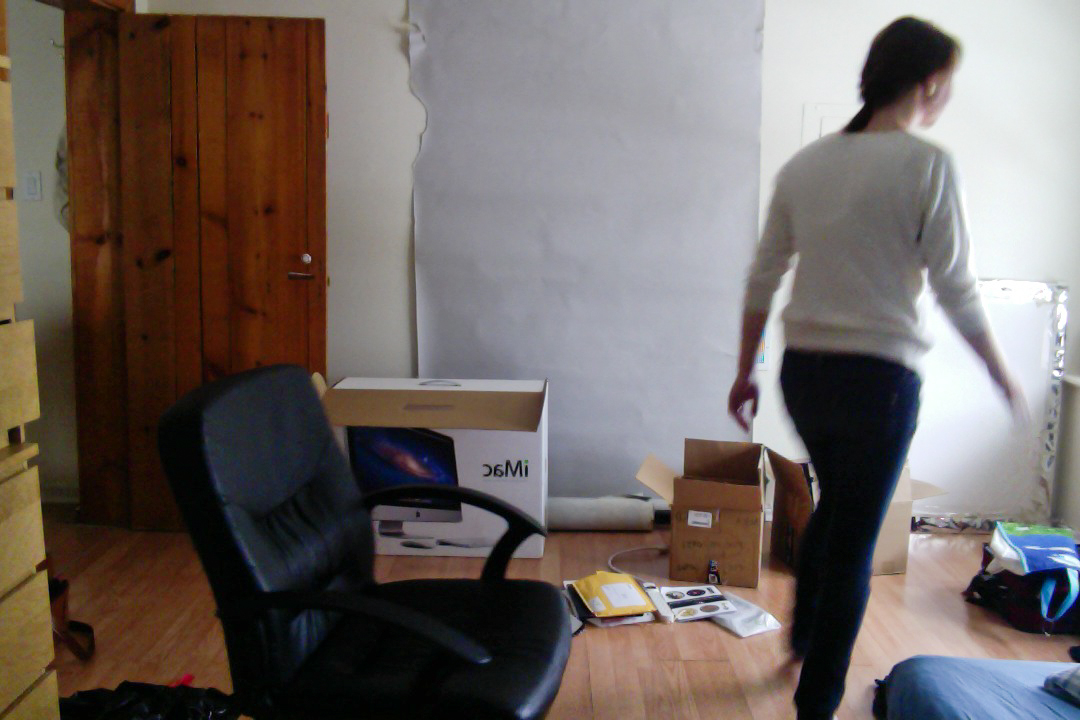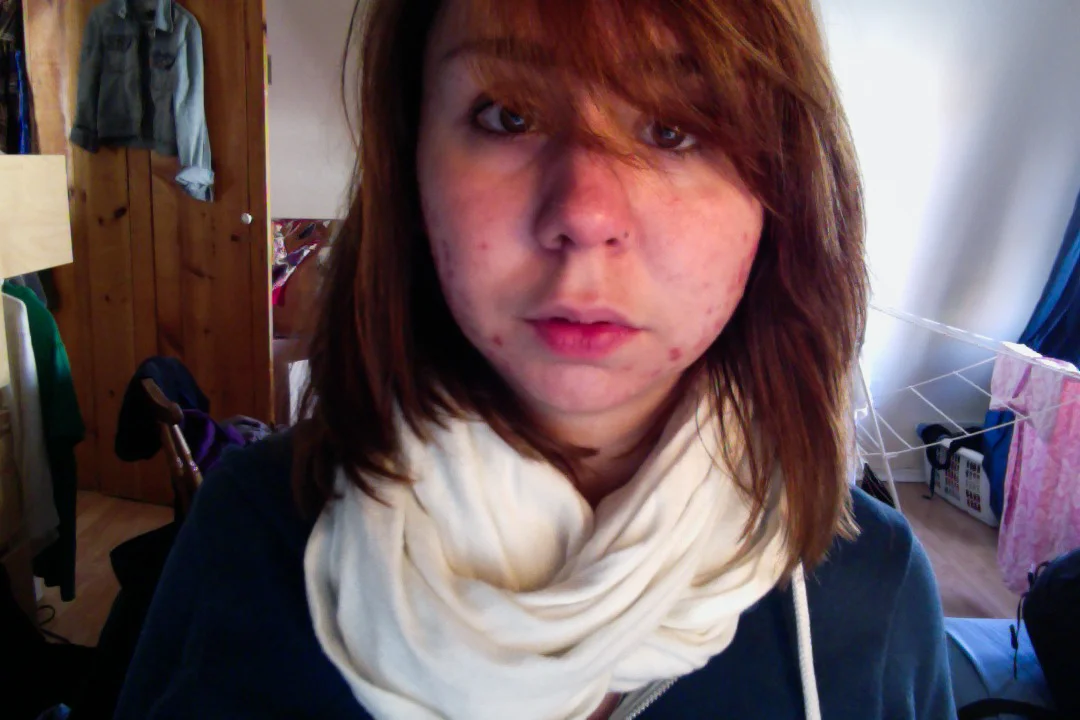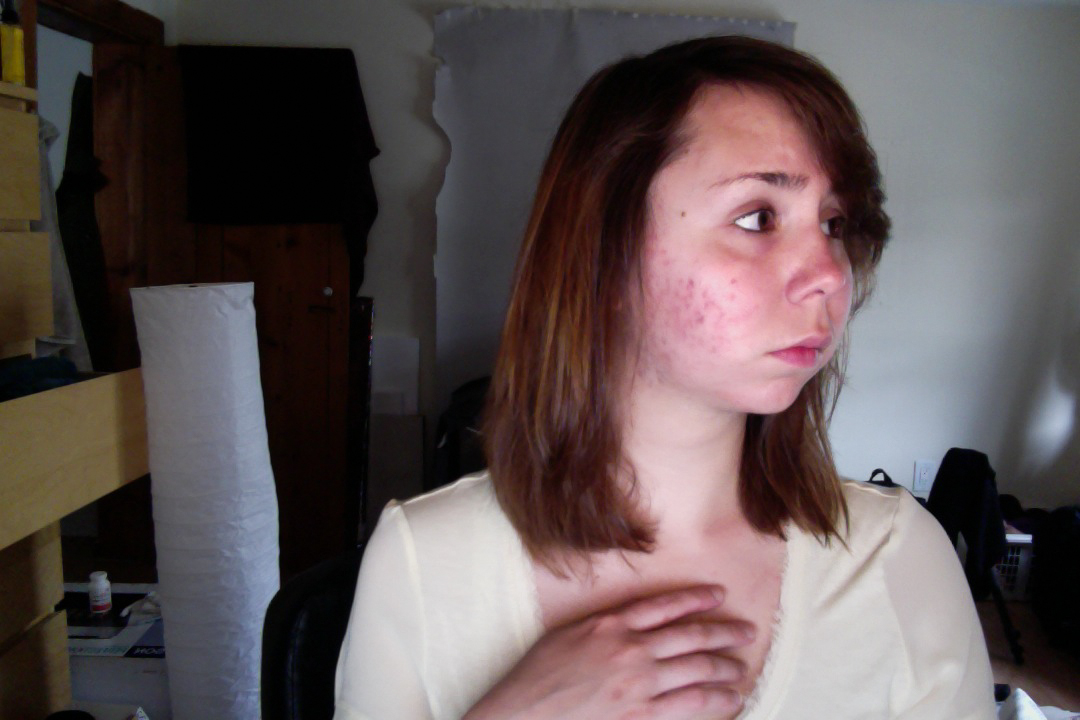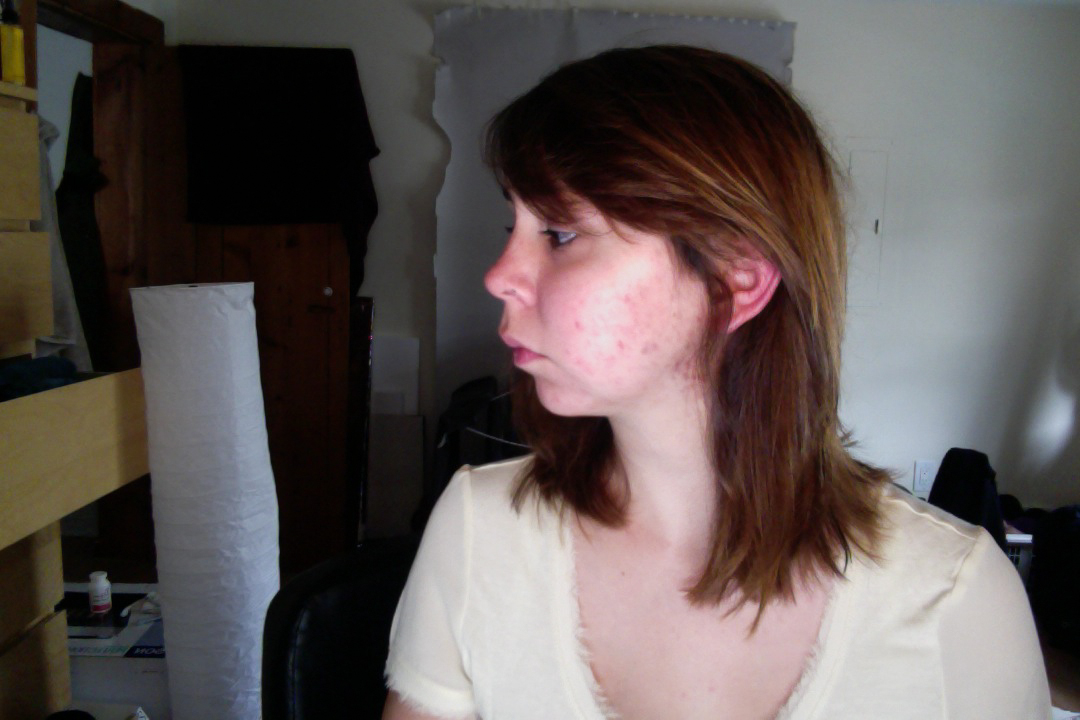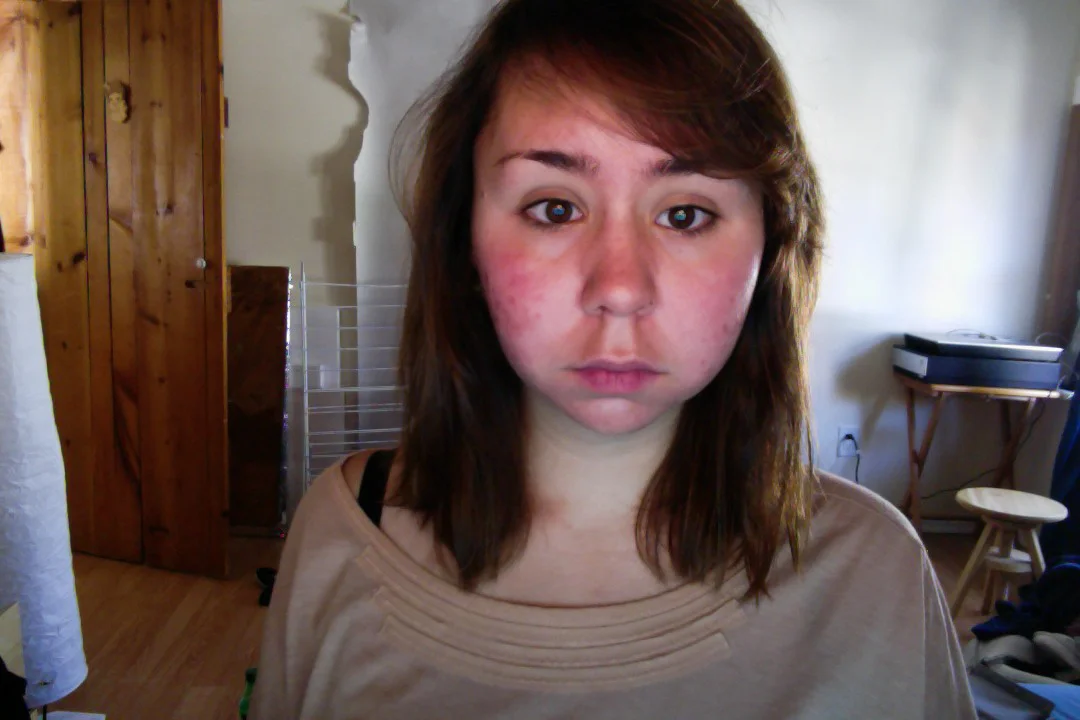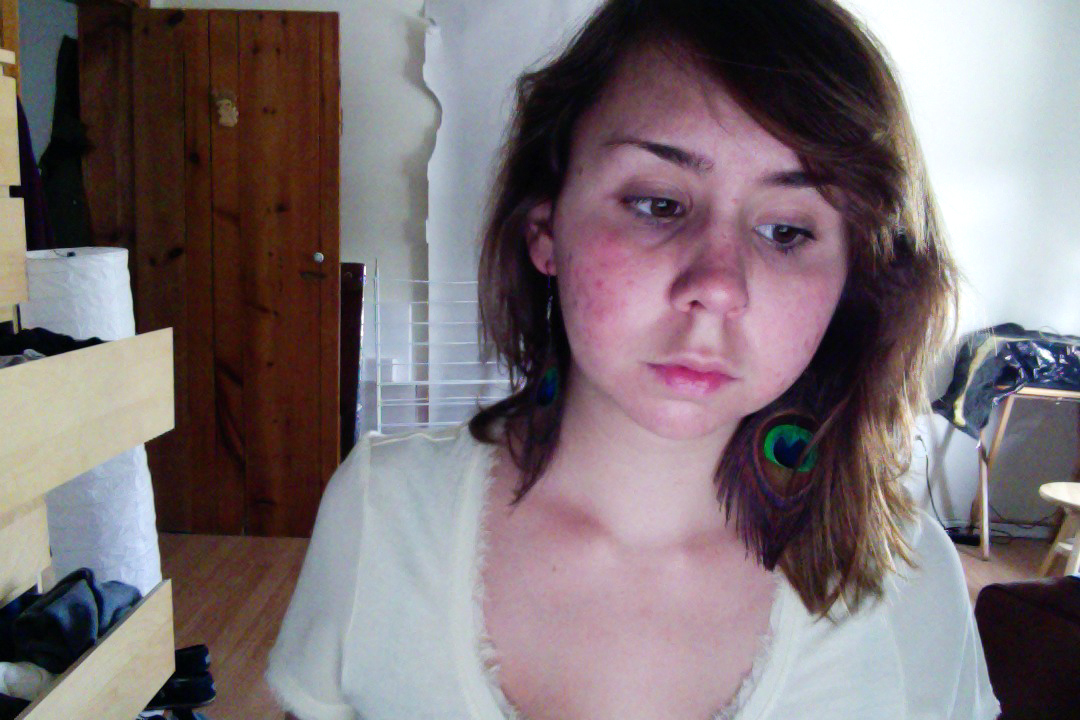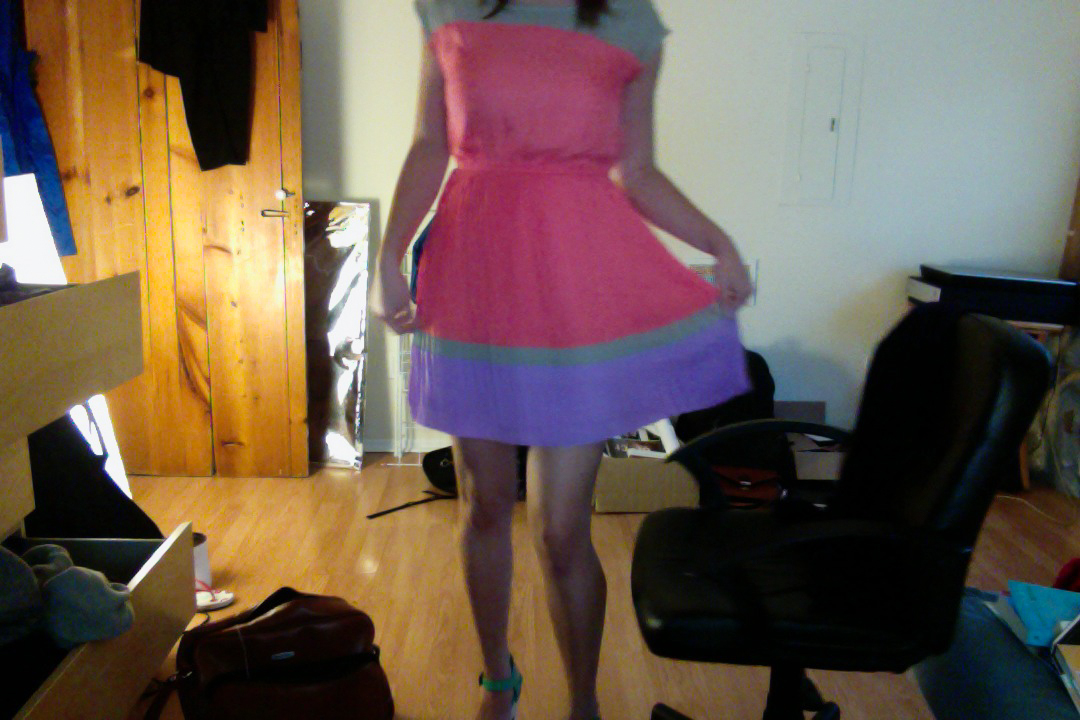Selfie
March 17 - April 19, 2015
3 person exhibition with Jennifer Stewart and Magida El-Kassis, Karsh Masson Gallery, City Hall, Ottawa
In “SELFIE”, we engage with self-portraiture and its relation to both the body and the mind through photographic images, installations and audio works. Our content shifts from representations of our physical selves to more conceptual notions of the self-portrait, allowing for divergent understandings and interpretations by viewers and artists alike. We grapple with our bodily manifestations through the instrument of self-portraiture; the result is both personal and public, and questions the physical and psychological self.
Trauma (photo booth), 2015
Between the autumn of 2011 and the winter of 2013, I underwent numerous physical trauma that resulted in long-term recovery and healing. However, none was so emotionally troubling nor physically evident as the extreme acne vulgaris that scarred and pitted my face. The face is sacred, primary to human experience; when I lost control over my skin, I lost ownership over my experience, my being, my self. I no longer wanted to be seen in public, I no longer felt worthy of love or compassion.
This work documents the loss and regaining of self I experienced, reflected here through the digital mirror of the iMac's photo booth application. These selfies, never intended for public consumption, can here stand as a documentation of physical and emotional trauma as well as a recognition of the selfie as a tool for interrogation of the self.
TRAUMA (2011-2015), 2015
Between the autumn of 2011 and the winter of 2013, I underwent numerous physical trauma that resulted in long-term recovery and healing. However, none was so emotionally troubling nor physically evident as the extreme acne vulgaris that scarred and pitted my face. The face is sacred, primary to human experience; when I lost control over my skin, I lost ownership over my experience, my being, my self. I no longer wanted to be seen in public, I no longer felt worthy of love or compassion.
This work documents the loss and regaining of self I experienced, reflected here through the digital mirror of the iMac's photo booth application. These selfies, never intended for public consumption, can here stand as a documentation of physical and emotional trauma as well as a recognition of the selfie as a tool for interrogation of the self.
digital venus 2, 2014-2015
Venus, the Roman goddess of love, is a classical figure of beauty and sexuality. She became a popular subject for European artists during the Renaissance (14th to 17th century). Nudity was considered her "natural" state so depicting her in the nude was socially acceptable. The title of Venus began to reference any artistic depiction of a female in the nude, regardless of whether the artwork was a representation of the goddess.
Many artworks depict Venus standing in the pudica pose where she attempts to cover her breasts and genitals with her hands, suggesting modesty or even shame. Indeed, the term pudica comes from the Latin pudendus, which can mean either ‘shame’ or ‘external genitalia’.
digital venus 2, while depicting a Venus pudica, distracts from the nude female body through a digital manipulation of the photographic surface. It evokes the overuse of Photoshop on women's bodies in contemporary media; it reclaims historically male representations that depict a nude woman feeling shameful of her body.





